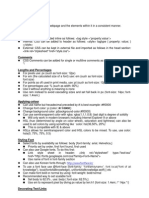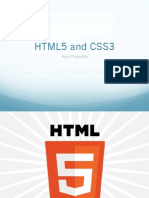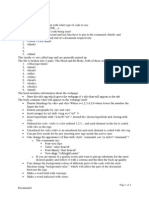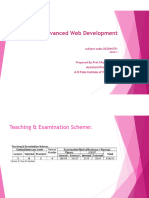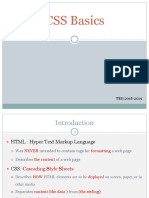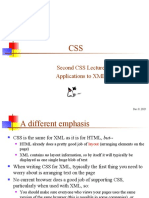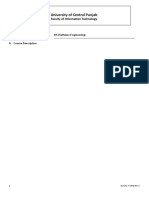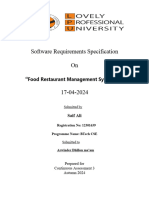0% found this document useful (0 votes)
16 views39 pagesLecture 02b CSS Layout
The document covers key concepts of Cascading Style Sheets (CSS) including the CSS Box Model, margin and padding configuration, and various positioning techniques. It also discusses creating two-column layouts, navigation styling, and the use of HTML5 structural elements. Additionally, it introduces CSS pseudo-classes and their application in enhancing interactivity for hyperlinks.
Uploaded by
CaitingCopyright
© © All Rights Reserved
We take content rights seriously. If you suspect this is your content, claim it here.
Available Formats
Download as PDF, TXT or read online on Scribd
0% found this document useful (0 votes)
16 views39 pagesLecture 02b CSS Layout
The document covers key concepts of Cascading Style Sheets (CSS) including the CSS Box Model, margin and padding configuration, and various positioning techniques. It also discusses creating two-column layouts, navigation styling, and the use of HTML5 structural elements. Additionally, it introduces CSS pseudo-classes and their application in enhancing interactivity for hyperlinks.
Uploaded by
CaitingCopyright
© © All Rights Reserved
We take content rights seriously. If you suspect this is your content, claim it here.
Available Formats
Download as PDF, TXT or read online on Scribd
/ 39











